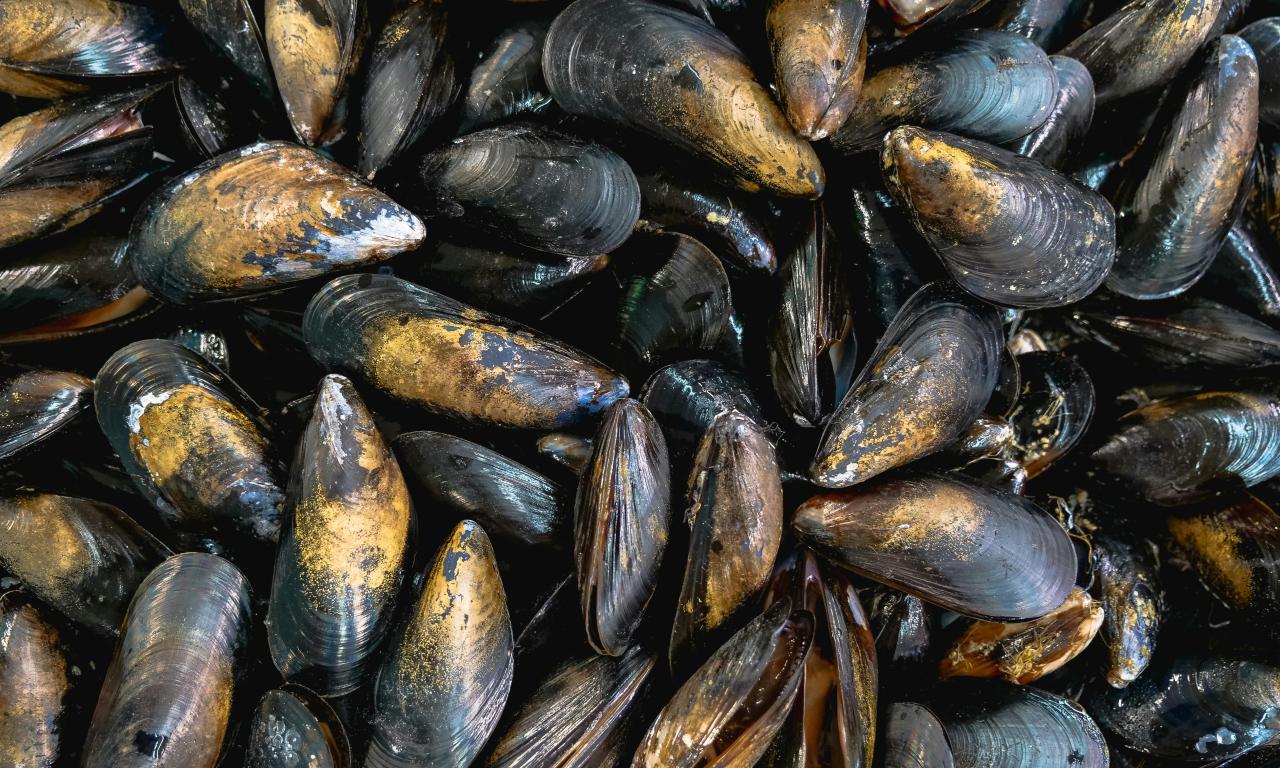
A new correspondence published in Nature Food calls for a global shift towards Regenerative Aquatic Foods (RAFs) as a key part of solving some of our most pressing challenges—climate change, food insecurity, and environmental degradation. But what are RAFs, and could they really be the future of food?
What Are Regenerative Aquatic Foods?
Regenerative Aquatic Foods (RAFs)—like seaweeds, bivalves, and small pelagic fish—are produced in systems that don’t just take from the environment but actually give back. These foods restore ecosystems. Seaweeds, a nutritional powerhouse, can absorb carbon dioxide from the water, which helps fight ocean acidification – a planetary boundary researchers’ recently found is “approaching a critical threshold”, posing a threat to marine ecosystems.
Similarly, bivalves like mussels and oysters are nature’s water filters, improving water quality and creating healthier marine habitats. In fact, bivalves, such as sentinel oysters, are even being used to monitor the health of aquatic ecosystems in places like Spain, Norway, and Polynesia.
With significantly lower greenhouse gas emissions than conventional livestock, RAFs present a sustainable way to nourish the growing global population.
The Need for a Global Shift
The correspondence, co-authored by experts including WorldFish Board Member and Tyler Prize awardee, Rashid Sumaila and World Food Prize recipient Shakuntala Thilsted, shows how RAFs can play a vital role in addressing at least 7 of the 17 United Nations Sustainable Development Goals (SDGs), particularly those related to ending hunger, reducing inequality, and conserving marine life. The call to action is clear, we need to scale up RAFs to address both the challenge of feeding the world and protecting the planet.
But what would this shift look like in practice? The correspondence outlines an RAF Roadmap, a plan for scaling these systems globally in an equitable and sustainable way. This roadmap focuses on five key areas - increasing consumption, empowering communities, recognizing ecosystem services, investing in innovation, and attracting capital.
Can We Realize the Promise of RAFs?
As climate change continues to threaten traditional food systems, RAFs may well be the solution that bridges the gap between human health and ecological resilience. Around the world, efforts are already underway to explore how these foods can be scaled sustainably, with research and innovation paving the way for a future where aquatic foods nourish both people and planet.
But this potential can only be unlocked with the right investments. By funding large-scale work on RAFs, stakeholders can help accelerate the development of these systems, transforming them from niche innovations into the foundations of global food systems. The rewards of investments in research and RAF modes of production, will not only be measured in healthier ecosystems and communities but also in economic growth.
With support and commitment from governments, funders, and communities, RAFs have the potential to be a cornerstone of global food systems, paving the way to a healthier, more sustainable tomorrow.
